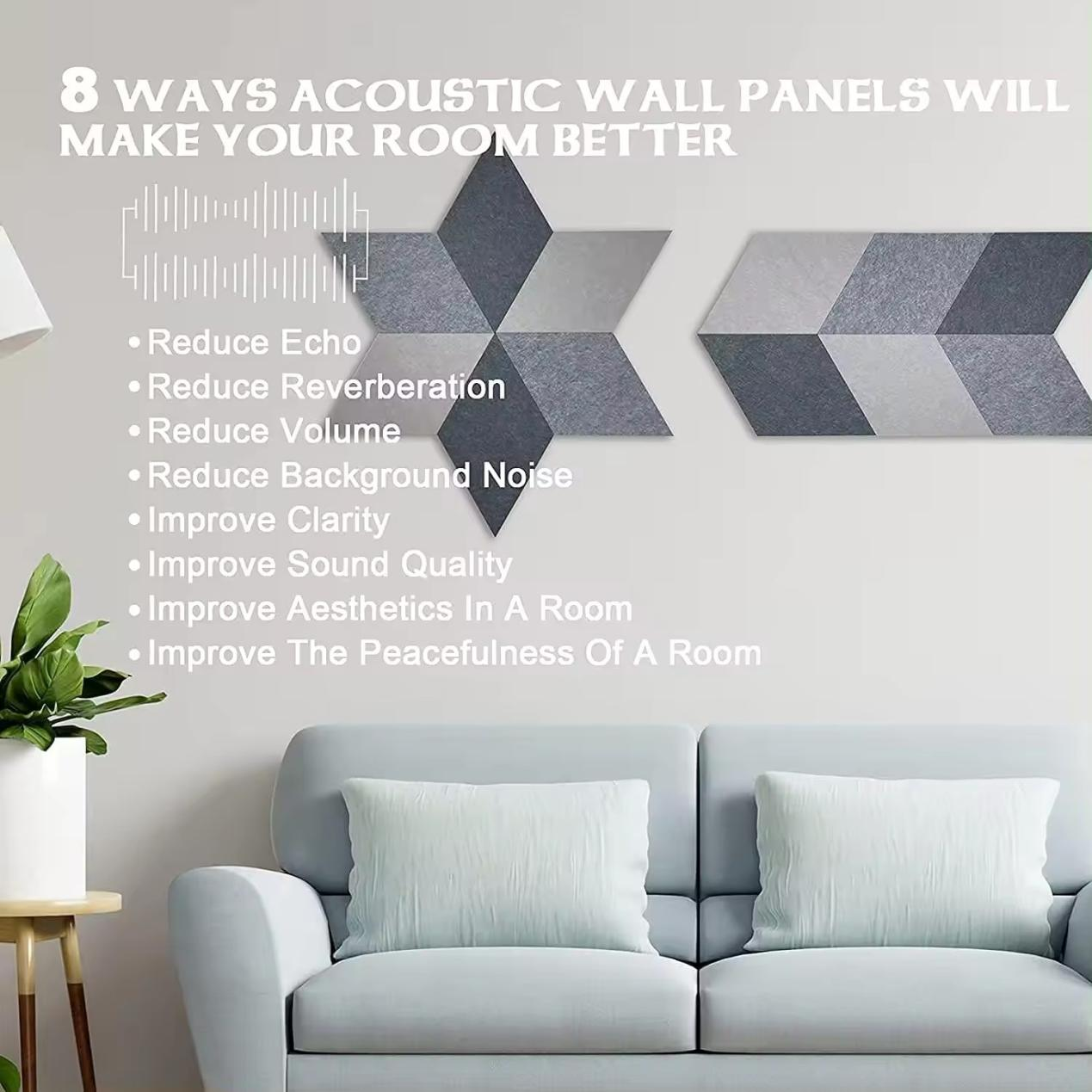How to Make Sound Absorbing Wall Panels
In today's world, noise pollution is a significant concern, whether in homes, offices, or studios. Sound-absorbing wall panels are an effective solution to reduce echo and improve sound quality in any environment. If you're looking to create your own sound-absorbing panels, this guide will walk you through the process, materials needed, and some tips for achieving the best results.
Materials Needed
1. Wooden Frames Choose softwoods like pine, which are lightweight and easy to work with. The size of the frames will depend on your design; common dimensions are 2 feet by 4 feet or 1 foot by 1 foot.
2. Acoustic Insulation Fiberglass panels are commonly used for sound absorption. You can also use foam insulation or rock wool. The thickness of the insulation can range from 1 to 4 inches based on the level of sound absorption you desire.
3. Fabric A breathable fabric is essential to cover your panels while allowing sound waves to pass through. Common choices include burlap, canvas, or acoustic fabric specifically designed for sound absorption.
4. Adhesives and Staple Gun You'll need strong adhesives to attach the insulation to the frame, and a staple gun to secure the fabric over the insulation.
Step-by-Step Guide
1. Construct the Frame Begin by cutting your wooden materials to the desired dimensions. Assemble the frame using screws or nails to create a rectangular box that will hold the insulation. Ensure the corners are secure and the frame is sturdy.
how to make sound absorbing wall panels

2. Insert Insulation Cut your acoustic insulation to fit snugly within the frame. Place the insulation inside the wooden frame. If you're using multiple layers for deeper absorption, stack them securely.
3. Cover with Fabric Lay your chosen fabric face down on a flat surface. Place the frame with the insulation on top of the fabric. Pull the fabric tightly over the insulation and frame, ensuring no wrinkles or loose areas. Use a staple gun to secure the fabric to the back of the frame, pulling it taut as you go.
4. Finish the Edges Once the fabric is secured, trim any excess fabric and staple the edges neatly. For a clean and professional look, you can add a wood trim around the edges of the frame.
5. Mounting Your Panels Decide where you want to mount the panels. Ideally, they should be placed at ear level for maximum effect. Use hanging brackets or picture hooks to secure them to the wall. Depending on the wall surface, you might need wall anchors for stability.
Final Tips
- Design Considerations To enhance the aesthetics, consider using different colors or patterns of fabric to match your room's décor.
- Placement Strategy Experiment with panel placement; placing them in corners or at first reflection points can yield the best acoustic improvements.
- Maintenance Regularly check your panels for dust or damage. If your fabric becomes soiled, you may want to remove and wash it, depending on the material's care instructions.
By following these steps, you will not only create functioning sound-absorbing wall panels but also contribute to a quieter and more enjoyable space. Enjoy your enhanced acoustic environment!
-
The Versatility Of Acoustic Wall Panels Makes Them Suitable For Various SettingsNewsOct.28,2024
-
More Enjoyable Solutions For Your SpaceNewsOct.28,2024
-
Give You A Comfortable And Quiet EnvironmentNewsOct.28,2024
-
Elevate Your Sound Experience with Acoustic SolutionsNewsOct.28,2024
-
Create Quiet Spaces with Wooden Acoustic PanelsNewsOct.28,2024
-
Achieve Superior Sound Quality And Stylish Design With Felt Wall PanelsNewsOct.28,2024
